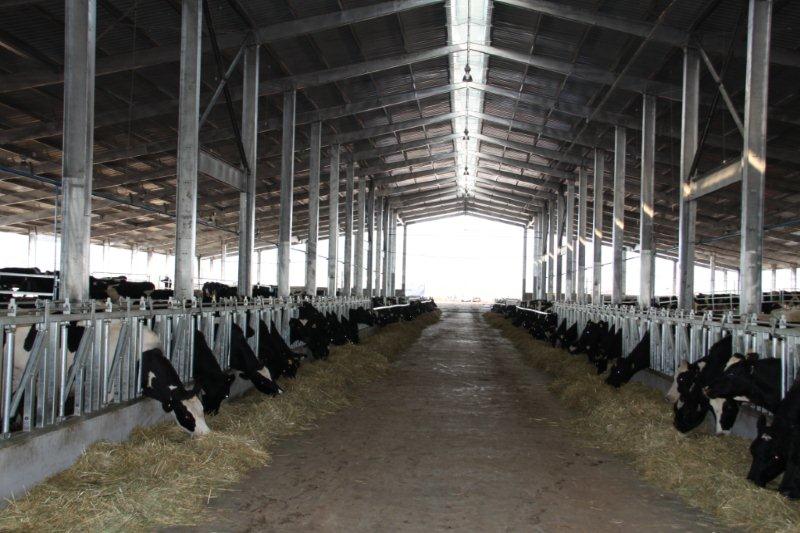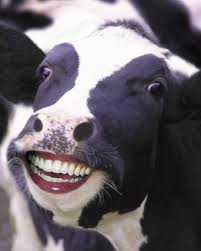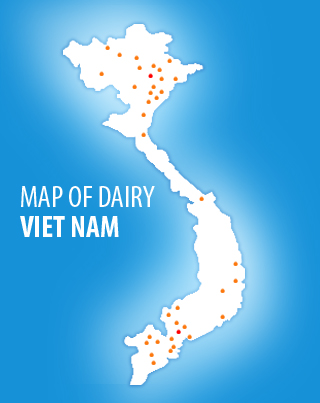Health care & husbandry
Cattle ticks (Rhipicephalus (Boophilus) microplus) are a serious economic problem for the Queensland dairy industry. The effect of tick infestation of dairy heifers is mainly lost production due to reduced growth. Other costs include the extra handling needed for treatments, acaricide costs and equipment and facilities for treatments. Cattle ticks also transmit organisms responsible for tick fever. Vaccination for tick fever is recommended for heifers between three and nine months of age.
As a dairy operator, you are obliged to follow animal welfare codes; in particular, freedom from parasitic diseases.
Lameness is at the top of the list of animal-welfare issues in the dairy industry today. According to researchers in the Welfare Quality® project, farmers estimate about 5% to 10% of their dairy cows suffer from lameness, while the average is closer to 25% of the herd. This means an estimated average loss of €200 ($285) per cow, per year. There are plenty of resources to help farmers and advisors tackle lameness problems. The Welfare Quality® project has developed a programme for use by dairy farmers who wish to reduce the level of lameness in the dairy herd. The programme is outlined below. Several other resources from different parts of the world are listed at the end of the article.
Research has shown that a feed space allowance of 20 cm per cow is ‘adequate’ for optimal milk production as long as sufficient feed is always pushed up in front of the feed barrier.
GLOBAL - Mereck Animal Health are releasing the broad-spectrum clostridial disease vaccine for sheep and cattle, Bravoxin 10, in a new six x 100ml farm vaccination pack.
Have you ever arrived home at the end of the day and your feet were so sore you could hardly stand? Imagine how your cows must feel when they have sore feet. Most producers are aware that hoof problems can decrease productivity, but did you know that they also can disrupt re-productivity? Routine hoof trimming can alleviate and prevent the development of painful hoof lesions, and improve reproductive performance.
Researchers from the Food Animal Production Medicine group at the University of Wisconsin-Madison have used their clinical experiences troubleshooting fresh cow health problems on farms, research conducted by other groups, and their own research findings to formulate a plan for designing transition cow barns which results in optimal health and performance.
A two year study into low-profile cross-ventilated freestall facilities reinforced the belief that these facilities provide a lot of potential benefits to dairy producers, but many design challenges still remain. J. P. Harner, Ph.D. and J. F. Smith, Ph.D., Kansas State University, explain the conclusions of their study. This feature was taken from the proceedings of the High Plains Dairy Conference. A full link to the proceedings is provided below.































